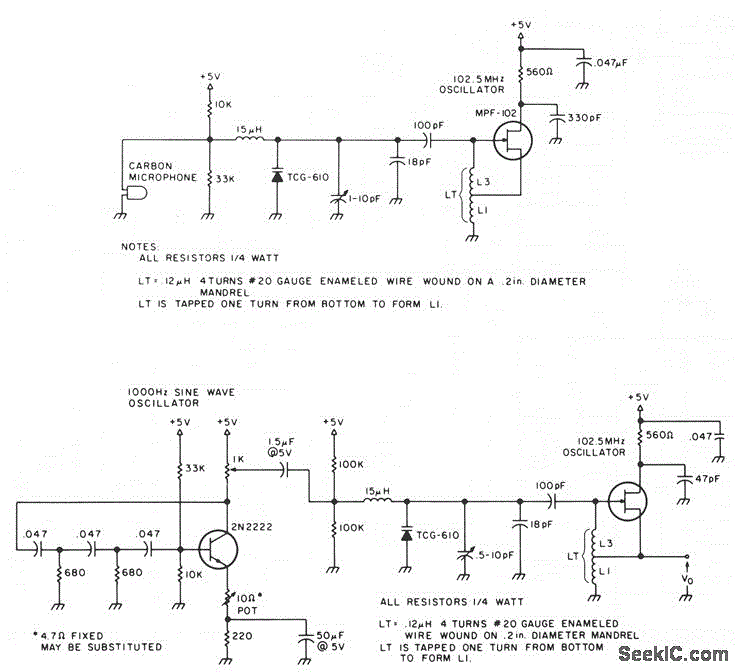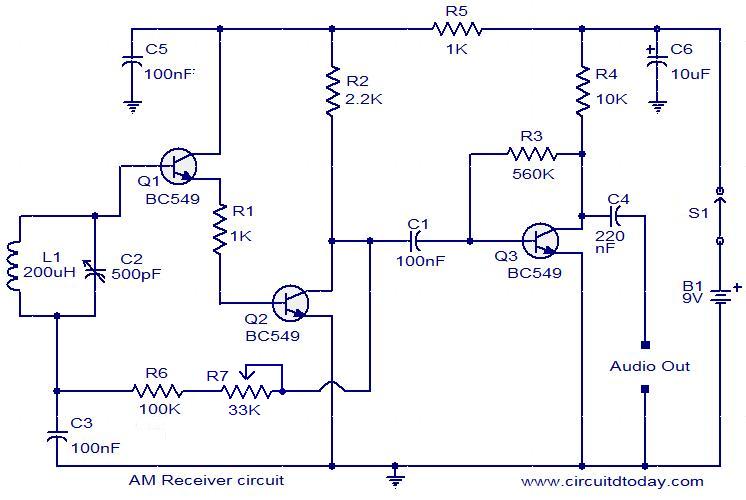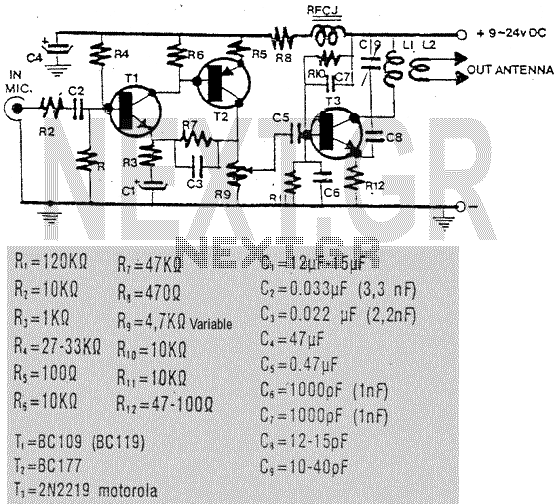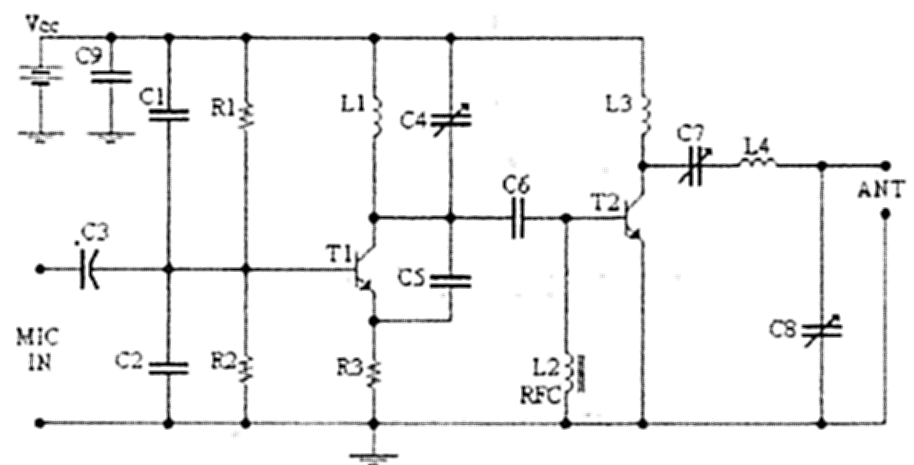
Technical Proposal for Subcutaneous Transmitter
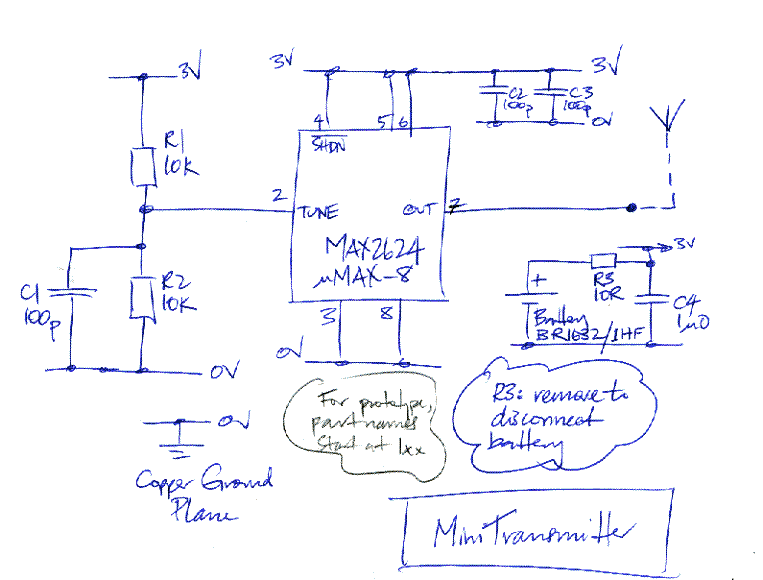
The telemetric physiologic monitors transmit measurements of bodily functions from beneath the skin of a live animal to a receiver beneath the animal's cage. The smallest transmitters the company produces are known as "mouse" transmitters, which garnered particular interest from Dr. Matthew Walker of the Department of Clinical & Experimental Epilepsy at the Institute of Neurology, Queens Square, University College London. Dr. Walker expressed dissatisfaction with DSI, the manufacturer, due to their requirement for users to invest significantly in DSI's proprietary data acquisition hardware and software to interface with the transmitters. He found this hardware and software to be cumbersome and unnecessary, and there was no straightforward method to establish communication between the DSI software and his existing data analysis tools. Upon inquiring about connecting the receiver electronics located beneath each animal cage to his own data acquisition electronics, DSI declined to provide information on the communication protocol used by the receivers. Open Source Instruments (OSI) analyzed the specifications of the DSI transmitters, particularly noting the necessity for each animal to reside in its own cage with a dedicated receiver. OSI concluded that a superior system could be designed and constructed. All OSI designs and software are available for free under the GNU General Public License. Customers are charged only for new circuit designs or software development, while existing designs and code are freely distributed. In addition to being free, OSI's software offers numerous advantages over DSI's offerings, including compatibility with Windows, Linux, and OSX. It is developed using the TCL/TK scripting language, facilitating user interaction and the creation of custom graphical user interfaces. OSI's data acquisition hardware, known as LWDAQ, surpasses that of DSI, functioning as a TCP/IP server. The entire data acquisition system, excluding battery-operated components, is powered by a wall adapter, connects to devices through standard Ethernet cables, and interfaces with local Ethernet networks via a standard Ethernet connection. The LWDAQ system is versatile and general-purpose, allowing the simultaneous use of various devices such as cameras, thermometers, voltmeters, voltage sources, and digital controllers from multiple locations worldwide. For instance, at Brandeis University Physics Laboratory, a LWDAQ Driver with Ethernet Interface (A2037E) is connected to the local network with the IP address 129.64.37.79, enabling remote access to images of the hallway via the LWDAQ data acquisition software, which is downloadable for multiple operating systems. OSI proposes to collaborate with Dr. Walker at the Institute of Neurology to develop and construct subcutaneous transmitters. The institute will provide a fixed budget for materials, development, and prototype delivery. It will also handle the packaging of the transmitters, communicate practical application details, test the transmitters on live animals, and assess the accuracy and speed of measurements. Following development, sufficient hardware will be supplied to enable Dr. Walker to conduct a three-month experiment involving several animals. The transmitters designed by OSI are expected to match or exceed the performance of DSI's products, while the receivers will significantly outperform those available from DSI. Each receiver is anticipated to simultaneously collect data from numerous animals within a five-meter radius, whether they are housed together in a large cage or in separate cages. The receiver will function with OSI's standalone data acquisition hardware.
The telemetric physiologic monitoring system described involves the use of advanced subcutaneous transmitters and receivers designed for real-time monitoring of animal physiology. These transmitters are implanted beneath the skin of the animal and are capable of measuring various physiological parameters such as heart rate, temperature, and other vital signs. The data collected by the transmitters is wirelessly transmitted to a receiver located beneath the animal's cage, facilitating continuous monitoring without the need for invasive procedures.
The proposed system by OSI aims to overcome the limitations of existing solutions by providing a more flexible and user-friendly interface for data acquisition. The LWDAQ hardware is designed to be modular and adaptable, allowing researchers to connect a variety of sensors and devices to the system. This versatility is crucial for experiments that require different types of measurements or for adapting to various research protocols.
In terms of performance, the OSI-designed transmitters are engineered to ensure high data accuracy and rapid transmission rates, which are essential for physiological monitoring in live animals. The ability of the receivers to handle multiple transmitters simultaneously enhances the system's efficiency, allowing for comprehensive data collection from several subjects in close proximity.
The collaboration with Dr. Walker will focus on developing prototypes that meet the specific needs of the research being conducted at the Institute of Neurology. This partnership is expected to yield innovative solutions for monitoring animal physiology, contributing to advancements in biomedical research and improving the understanding of various physiological processes. The overall goal is to provide a state-of-the-art monitoring system that is both accessible and effective for researchers in the field.The telemetric physiologic monitors transmit measurements of bodily functions from beneath the skin of a live animal to a receiver beneath the animal`s cage. The smallest transmitters the company makes, are their " mouse " transmitters. These were of particular interest to Dr Matthew Walker of the Department of Clinical & Experimental Epilepsy,
Institute of Neurology, Queens Square, University College London. Dr. Walker was dissatisfied with DSI because the company insisted that users of its transmitters spend thousands of dollars on DSI`s data acquisition hardware and software in order to communicate with the transmitters. Dr. Walker deemed this hardware and software to be cumbersome and unecessary. There appeared to be no convenient way to set up communication between the DSI software and Dr. Walker`s existing data analysis software. When Dr. Walker asked DSI to tell him how he could connect the receiver electronics beneath each animal cage to his own data acquisition electronics, they refused to tell him how the receivers communicate.
We at Open Source Instruments ( OSI ) studied the specification of the DSI transmitters, in particular the requirement that each animal live in its own cage with its own dedicated receiver. We decided that we could design and build a superior system. All OSI designs and software are distributed for free under the GNU General Public License. We charge our customers when we design a new circuit or write a new piece of code, but we distribute all existing designs and code for free.
Apart from being free, our software has many advantages over DSI`s software. Our software runs on Windows, Linux, and OSX. It is built around the TCL/TK scripting language, which makes it easy for users to communicate with the software and build their own graphical user interfaces. Our data acquisition hardware ( LWDAQ ) is far superior to that offered by DSI. Our hardware communicates with the outside world by acting as a TCP/IP server. The entire data acquisition system (with the exception of battery-powered parts) obtains its power from a wall adaptor, connects to all its devices through standard Ethernet cables, and to the local Ethernet through a standard Ethernet cable as well.
The LWDAQ is versatile and general-purpose. You can plug cameras, thermometers, voltmeters, voltage sources, and digital controllers into the same TCP/IP server box and use them simultaneously from several places across the world. Example: In the Brandeis University Physics Laboratory, we have a LWDAQ Driver with Ethernet Interface ( A2037E ) connected to the local ethernet.
Its IP address is 129. 64. 37. 79. Anyone in the world can take pictures of our hallway over the internet using the LWDAQ data acquisition software, which you can download for Windows, Linux, or OSX. We invite you to try it. We propose to develop and build Subcutaneous Transmitters in collaboration with Dr. Walker at the Institute of Neurology. The institute will pay OSI a fixed sum for materials, development, and delivery of prototypes. The institute will develop suitable packaging for the transmitters, inform us of the details of practical applications, test the transmitters in live animals, and determine if their measurements are accurate enough and fast enough.
After development, we will deliver enough hardware to allow Dr. Walker to run a three-month experiment on half a dozen animals. The transmitters we design will match or exceed the performance of those made by DSI. Our receivers will far exceed the performance of those available from DSI. We expect each receiver to receive data simultaneously from dozens of animals within a five-meter radius. The animals might live together in a large cage, or in separate cages. The receiver will operate with our stand-alone data acquisition har 🔗 External reference
The telemetric physiologic monitoring system described involves the use of advanced subcutaneous transmitters and receivers designed for real-time monitoring of animal physiology. These transmitters are implanted beneath the skin of the animal and are capable of measuring various physiological parameters such as heart rate, temperature, and other vital signs. The data collected by the transmitters is wirelessly transmitted to a receiver located beneath the animal's cage, facilitating continuous monitoring without the need for invasive procedures.
The proposed system by OSI aims to overcome the limitations of existing solutions by providing a more flexible and user-friendly interface for data acquisition. The LWDAQ hardware is designed to be modular and adaptable, allowing researchers to connect a variety of sensors and devices to the system. This versatility is crucial for experiments that require different types of measurements or for adapting to various research protocols.
In terms of performance, the OSI-designed transmitters are engineered to ensure high data accuracy and rapid transmission rates, which are essential for physiological monitoring in live animals. The ability of the receivers to handle multiple transmitters simultaneously enhances the system's efficiency, allowing for comprehensive data collection from several subjects in close proximity.
The collaboration with Dr. Walker will focus on developing prototypes that meet the specific needs of the research being conducted at the Institute of Neurology. This partnership is expected to yield innovative solutions for monitoring animal physiology, contributing to advancements in biomedical research and improving the understanding of various physiological processes. The overall goal is to provide a state-of-the-art monitoring system that is both accessible and effective for researchers in the field.The telemetric physiologic monitors transmit measurements of bodily functions from beneath the skin of a live animal to a receiver beneath the animal`s cage. The smallest transmitters the company makes, are their " mouse " transmitters. These were of particular interest to Dr Matthew Walker of the Department of Clinical & Experimental Epilepsy,
Institute of Neurology, Queens Square, University College London. Dr. Walker was dissatisfied with DSI because the company insisted that users of its transmitters spend thousands of dollars on DSI`s data acquisition hardware and software in order to communicate with the transmitters. Dr. Walker deemed this hardware and software to be cumbersome and unecessary. There appeared to be no convenient way to set up communication between the DSI software and Dr. Walker`s existing data analysis software. When Dr. Walker asked DSI to tell him how he could connect the receiver electronics beneath each animal cage to his own data acquisition electronics, they refused to tell him how the receivers communicate.
We at Open Source Instruments ( OSI ) studied the specification of the DSI transmitters, in particular the requirement that each animal live in its own cage with its own dedicated receiver. We decided that we could design and build a superior system. All OSI designs and software are distributed for free under the GNU General Public License. We charge our customers when we design a new circuit or write a new piece of code, but we distribute all existing designs and code for free.
Apart from being free, our software has many advantages over DSI`s software. Our software runs on Windows, Linux, and OSX. It is built around the TCL/TK scripting language, which makes it easy for users to communicate with the software and build their own graphical user interfaces. Our data acquisition hardware ( LWDAQ ) is far superior to that offered by DSI. Our hardware communicates with the outside world by acting as a TCP/IP server. The entire data acquisition system (with the exception of battery-powered parts) obtains its power from a wall adaptor, connects to all its devices through standard Ethernet cables, and to the local Ethernet through a standard Ethernet cable as well.
The LWDAQ is versatile and general-purpose. You can plug cameras, thermometers, voltmeters, voltage sources, and digital controllers into the same TCP/IP server box and use them simultaneously from several places across the world. Example: In the Brandeis University Physics Laboratory, we have a LWDAQ Driver with Ethernet Interface ( A2037E ) connected to the local ethernet.
Its IP address is 129. 64. 37. 79. Anyone in the world can take pictures of our hallway over the internet using the LWDAQ data acquisition software, which you can download for Windows, Linux, or OSX. We invite you to try it. We propose to develop and build Subcutaneous Transmitters in collaboration with Dr. Walker at the Institute of Neurology. The institute will pay OSI a fixed sum for materials, development, and delivery of prototypes. The institute will develop suitable packaging for the transmitters, inform us of the details of practical applications, test the transmitters in live animals, and determine if their measurements are accurate enough and fast enough.
After development, we will deliver enough hardware to allow Dr. Walker to run a three-month experiment on half a dozen animals. The transmitters we design will match or exceed the performance of those made by DSI. Our receivers will far exceed the performance of those available from DSI. We expect each receiver to receive data simultaneously from dozens of animals within a five-meter radius. The animals might live together in a large cage, or in separate cages. The receiver will operate with our stand-alone data acquisition har 🔗 External reference
